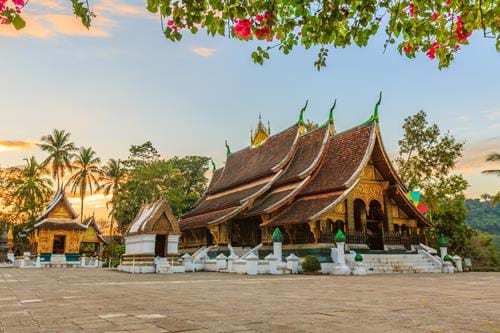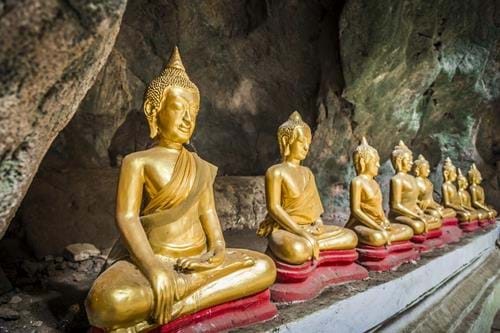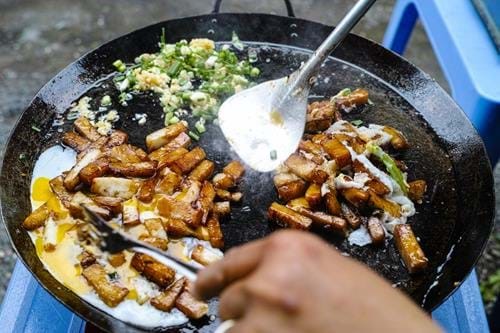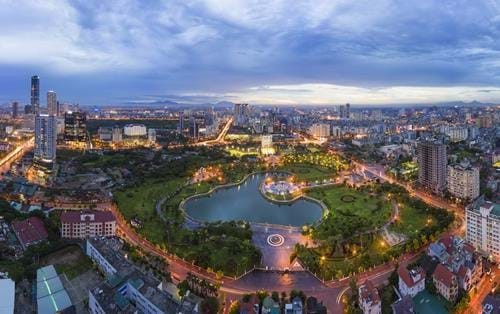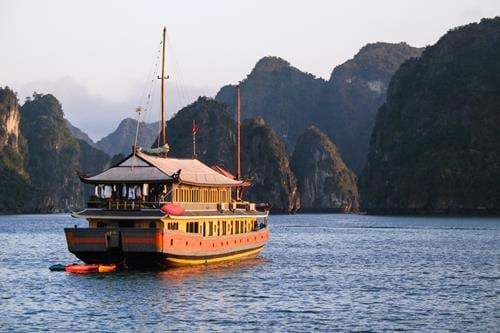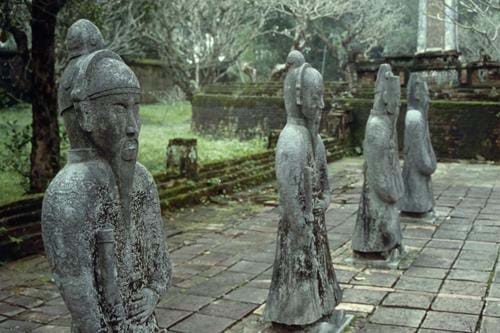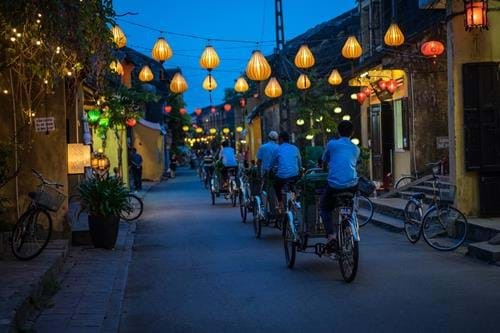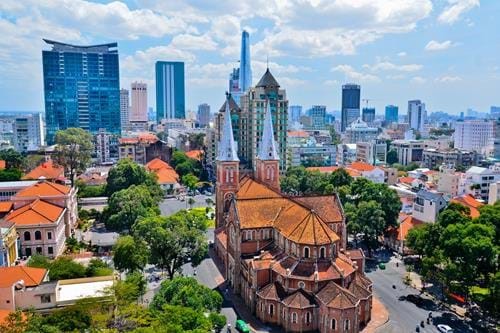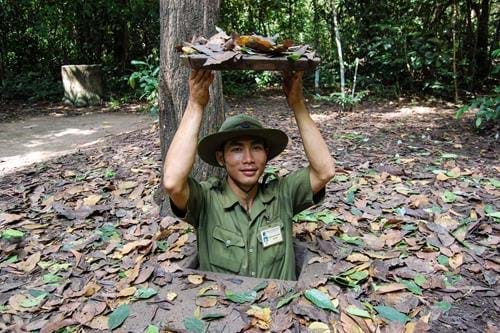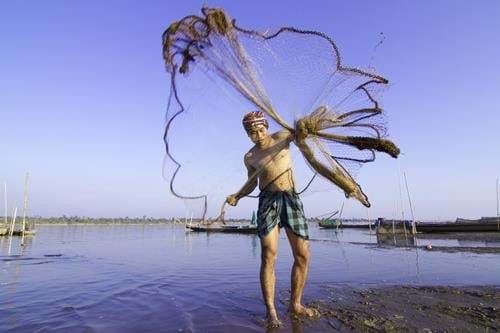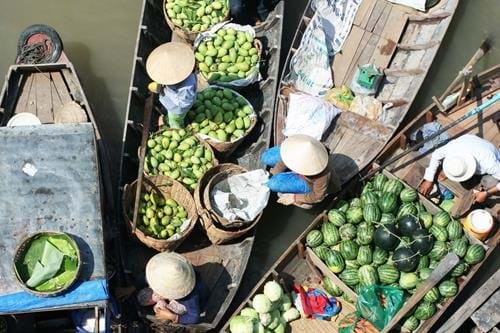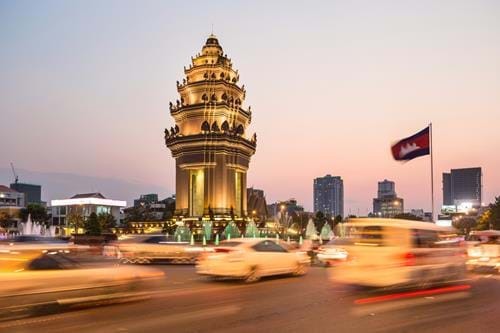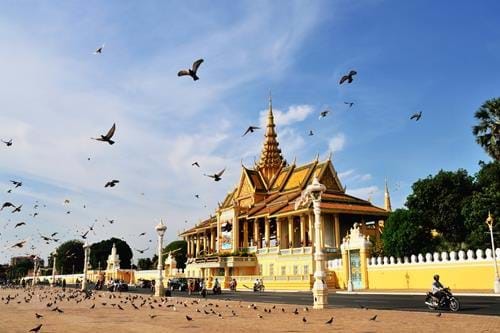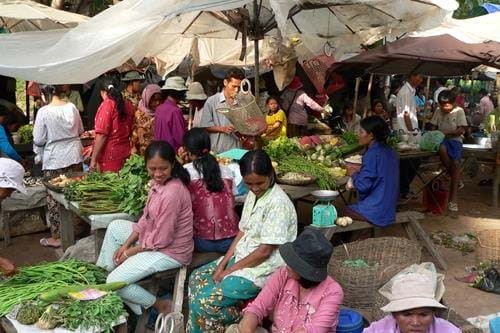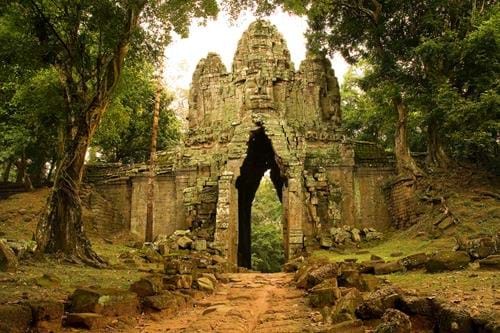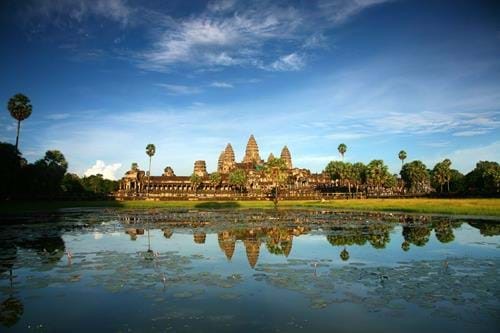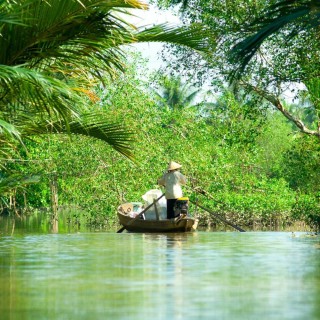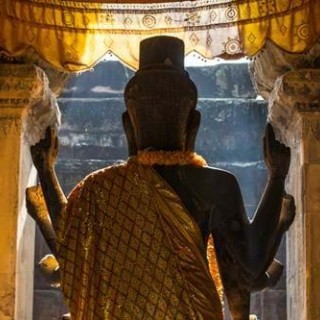Tailor-Made Tour
- Duration21 Days
- Flights IncludedYes
- Prices From £ 5600
 Places Visited :
Luang Prabang, Hanoi, Halong Bay Cruise, Hue, Hoi An, Ho Chi Minh City, Can Tho, Chau Doc, Phnom Penh, Siem Reap
Places Visited :
Luang Prabang, Hanoi, Halong Bay Cruise, Hue, Hoi An, Ho Chi Minh City, Can Tho, Chau Doc, Phnom Penh, Siem Reap
For those really special ocassions like honeymoons and annivarsaries experience the cream of Indochina’s world-renowned sights on this 3-week odyssey around Laos, Vietnam and Cambodia. Taking advantage of the region’s excellent flight network, we’ve devised a way to see Luang Prabang, cruise Halong Bay, flit from Hanoi to Ho Chi Minh City via Hue and Hoi, then sail up the Mekong to Angkor Wat all in the space of 20 days. A fair amount of travel is involved, but rest assured that it’s all conducted in great style and comfort, with stays at some of Asia’s most chic and characterful hotels.
Remember, this trip can be personalised to suit your travel needs - we can tailor everything from hotel, travel type, duration and more.


